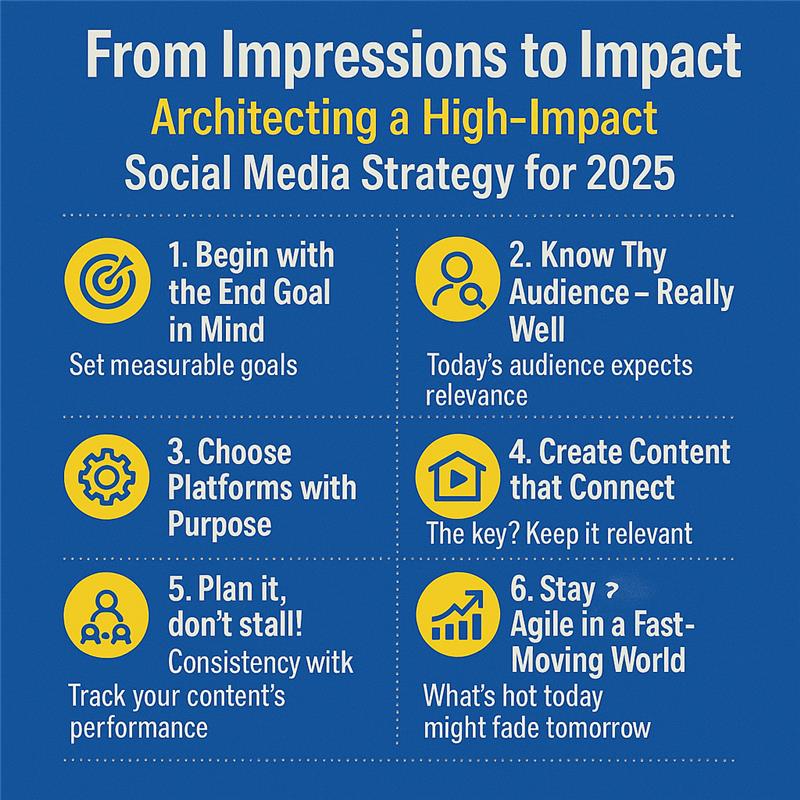In today’s digital economy, where attention spans are short and options are endless, simply attracting visitors to your website isn’t enough. The real value lies in converting those clicks into meaningful actions – purchases, sign-ups, inquiries. That’s where a user experience (UX)-led web strategy comes into play. When thoughtfully executed, it acts as a silent guide, leading your visitor smoothly down the conversion path.
The Journey Starts with Empathy
Every effective UX strategy begins with a deep understanding of who your users are and what they need. It’s not just about how your site looks, but how it makes people feel when they interact with it. What are their goals? Where do they hesitate? Why do they leave without taking action?
Using tools like heatmaps, session recordings, and feedback widgets can reveal telling insights – such as which areas users click most, what grabs their attention, and where they drop off. This data doesn’t just inform design – it fuels it. Empathy, supported by analytics, forms the foundation of conversion-centric UX.
Designing the Path of Least Resistance
Think of your website as a guided tour. The best tours are effortless – your audience shouldn’t need to think about where to go next. Every button, link, and interaction should be purposeful.
Simplify navigation. Highlight primary calls-to-action. Reduce form fields. Optimize load times. These may seem like small changes, but collectively, they can lead to measurable lifts in engagement and conversion rates. A mobile-first design approach is no longer optional either – mobile responsiveness is table stakes for delivering seamless experiences across devices.
Trust: The Unsung Hero of UX
No matter how intuitive your site is, people won’t act if they don’t trust you. Good UX is a trust-building exercise. It’s in the details – clear return policies, customer reviews, privacy assurances, and design consistency.
A clutter-free layout with clear messaging helps reinforce your credibility. Use testimonials or case snippets where appropriate. These subtle signals add up to create a sense of reliability and professionalism that nudges users closer to conversion.
Relevance Drives Results
In a sea of digital noise, personalization cuts through. The more relevant your content feels to each visitor, the more likely they are to engage. Tailoring product recommendations, headlines, or even banner images based on user data and behaviour can significantly improve the relevance and effectiveness of your site.
In today’s digital economy, where attention spans are short and options are endless, simply attracting visitors to your website isn’t enough. The real value lies in converting those clicks into meaningful actions – purchases, sign-ups, inquiries. That’s where a user experience (UX)-led web strategy comes into play. When thoughtfully executed, it acts as a silent guide, leading your visitor smoothly down the conversion path.
The Journey Starts with Empathy
Every effective UX strategy begins with a deep understanding of who your users are and what they need. It’s not just about how your site looks, but how it makes people feel when they interact with it. What are their goals? Where do they hesitate? Why do they leave without taking action?
Using tools like heatmaps, session recordings, and feedback widgets can reveal telling insights – such as which areas users click most, what grabs their attention, and where they drop off. This data doesn’t just inform design – it fuels it. Empathy, supported by analytics, forms the foundation of conversion-centric UX.
Designing the Path of Least Resistance
Think of your website as a guided tour. The best tours are effortless – your audience shouldn’t need to think about where to go next. Every button, link, and interaction should be purposeful.
Simplify navigation. Highlight primary calls-to-action. Reduce form fields. Optimize load times. These may seem like small changes, but collectively, they can lead to measurable lifts in engagement and conversion rates. A mobile-first design approach is no longer optional either – mobile responsiveness is table stakes for delivering seamless experiences across devices.
Trust: The Unsung Hero of UX
No matter how intuitive your site is, people won’t act if they don’t trust you. Good UX is a trust-building exercise. It’s in the details – clear return policies, customer reviews, privacy assurances, and design consistency.
A clutter-free layout with clear messaging helps reinforce your credibility. Use testimonials or case snippets where appropriate. These subtle signals add up to create a sense of reliability and professionalism that nudges users closer to conversion.
Relevance Drives Results
In a sea of digital noise, personalization cuts through. The more relevant your content feels to each visitor, the more likely they are to engage. Tailoring product recommendations, headlines, or even banner images based on user data and behaviour can significantly improve the relevance and effectiveness of your site.
Want to make your website bring in more customers?
Let’s talk about how we can help improve it.





